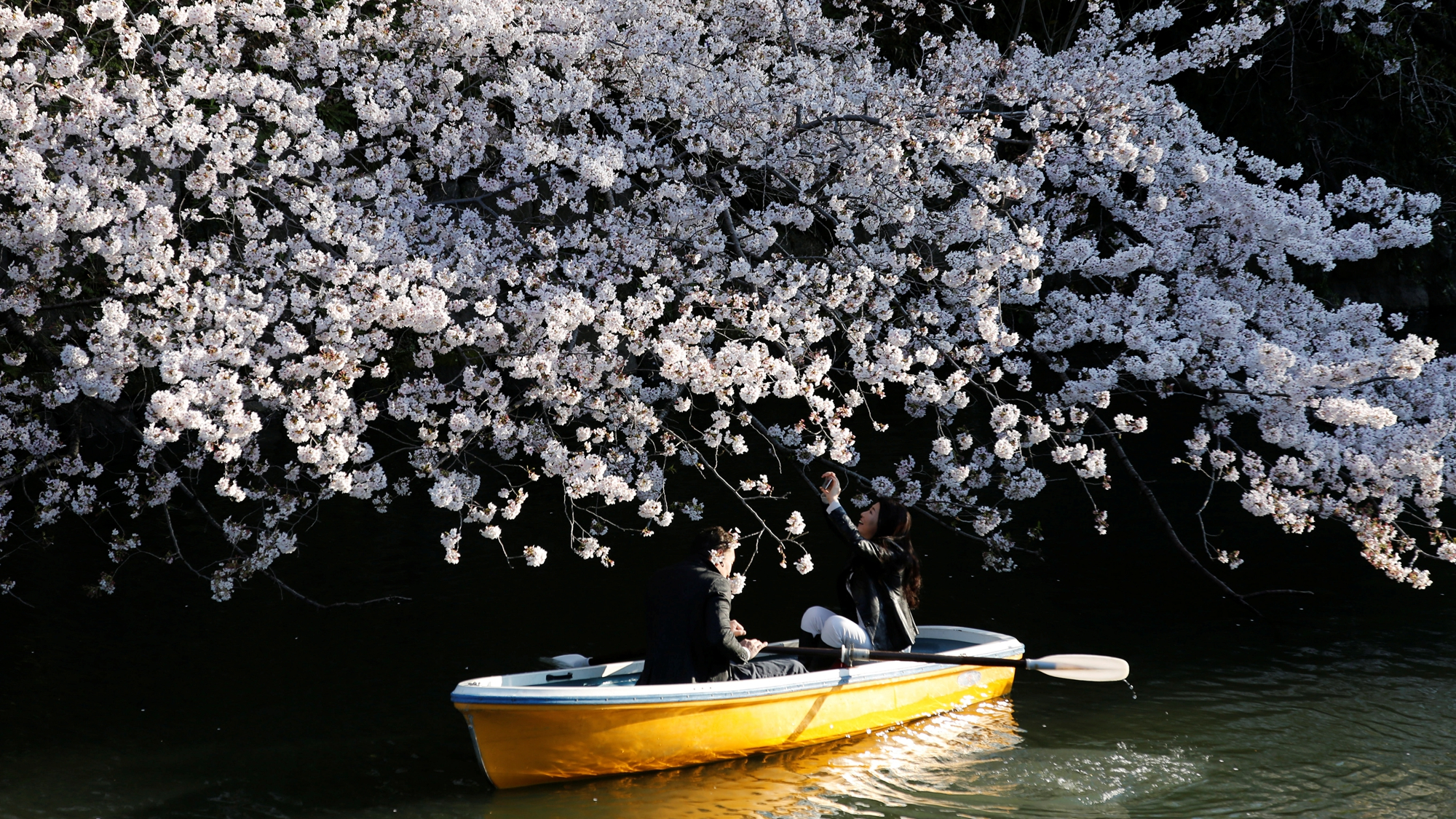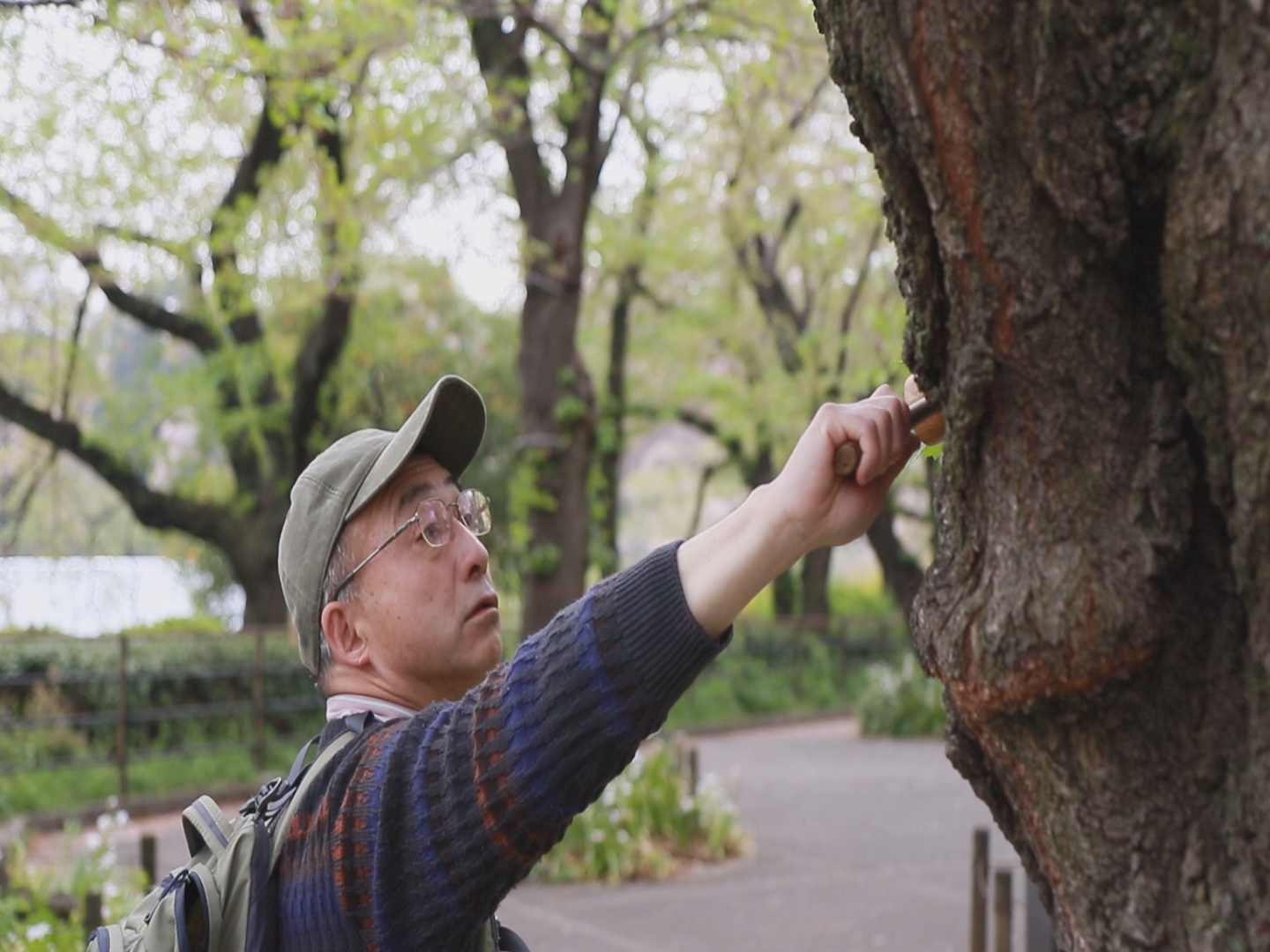
Travel
18:21, 04-Jun-2019
Meet the 'tree doctors' behind Japan's Sakura blossoms
By Mayu Yoshida

Every year, millions of people travel to and within Japan every spring to celebrate the beauty of cherry blossoms. For the Japanese, the pink flowers symbolize how short and precious life is. The significance of cherry trees goes back centuries in Japanese culture.

A tree doctor in Japan. /Photo via Reuters' Broadcast Solutions
A tree doctor in Japan. /Photo via Reuters' Broadcast Solutions
There are more than 100 types of cherry blossoms in Japan. The most popular (and common) pale pink cherry blossom is the Somei Yoshino. But not many know about the works of "tree doctors" who are working behind the scenes to keep these varieties of cherry trees healthy.
Tree doctors, or arborists, are specialists that offer professional arboriculture solutions. There are thousands of licensed arborists across Japan who diagnose the condition of the tree by looking at the color of its leaves and branches, or the sound of the trunk. They also do everything possible to help protect and preserve the trees so that they can survive decades onward.
Tetsuo Minomata, the chair of the Tokyo Tree Doctors' Project, told CGTN that the volume of green areas in Tokyo has increased during his two decades of experience as a tree doctor. However, he says it's becoming more difficult for trees to grow healthy and strong in the city because new diseases and pests are also on the rise.

A tree doctor in Japan. /Photo via Reuters' Broadcast Solutions
A tree doctor in Japan. /Photo via Reuters' Broadcast Solutions
Over the past 10-years, Minomata saw an increasing number of Somei Yoshino trees affected with clubroot disease. It's crucial to discover plant diseases on cherry trees as soon as possible, he says. Because if such trees rot and collapse, it could harm any passersby. To grow a strong and healthy tree, Minomata says it's essential to provide enough underground space to grow its roots.
Thanks to the work of arborists like Minomata, not only can we enjoy pink sakura trees in full bloom, but trees become less infected, sick, or collapse and cause harm to the people.
Two-thirds of Japan's land mass is forestland, while 40 percent of these forests are planted forests. Urban forests are important to clean air, reduce flood risks and even lower stress. That's why tree doctors are vital in keeping Tokyo green.
(Cover: A boat with Sakura trees. /Reuters Photo by Kim Kyung-Hoon)

SITEMAP
Copyright © 2018 CGTN. Beijing ICP prepared NO.16065310-3
Copyright © 2018 CGTN. Beijing ICP prepared NO.16065310-3